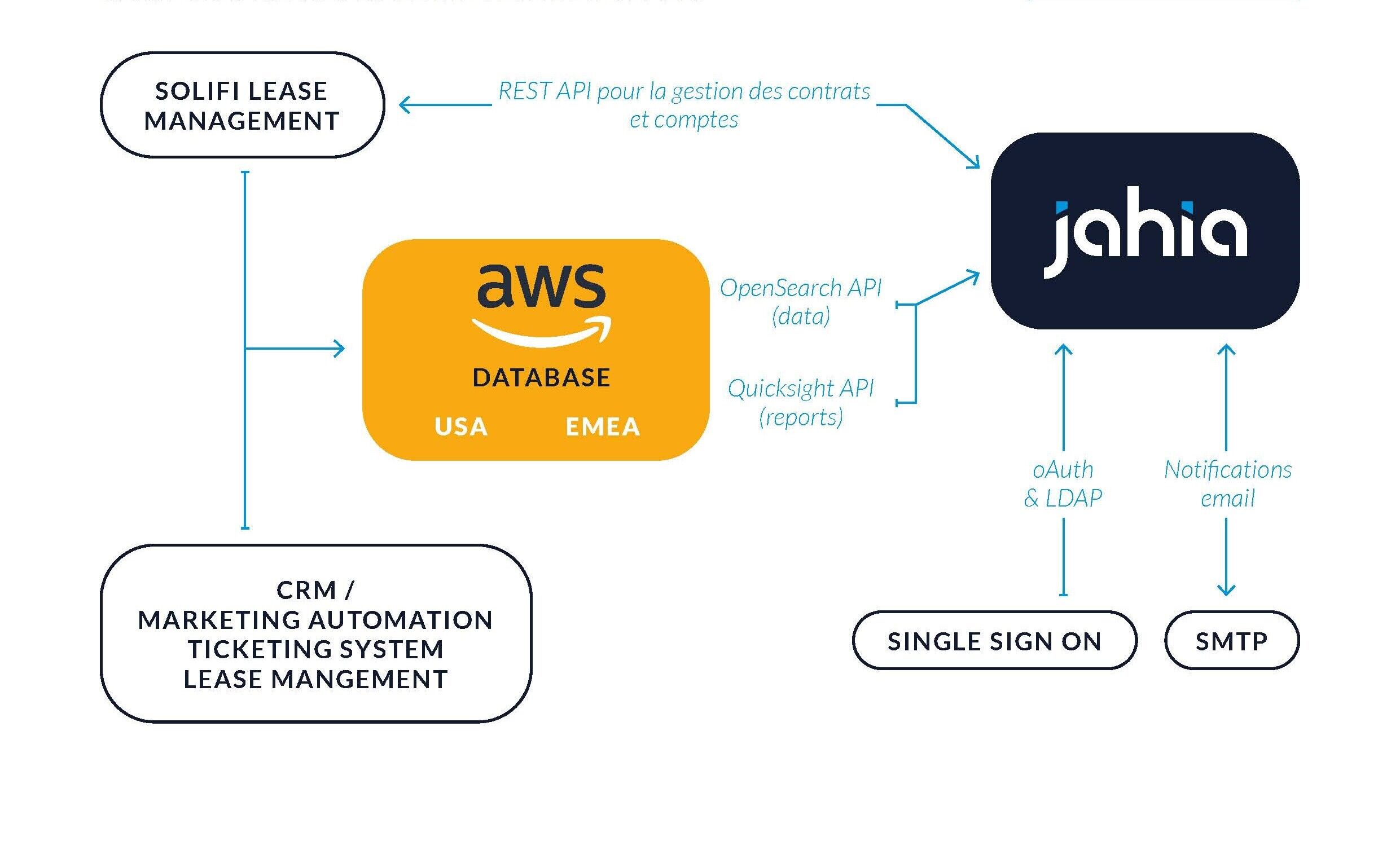Conversion: 3 essential steps in your Personalization Strategy

A personalization strategy is not just using personalization. To have a real strategy, you need to think about how personalizations relate to each other and drive towards an end goal.
For marketers, this often means using personalization to drive engagement and move prospects down the funnel to an eventual sale. Creating a strategy for your personalization efforts is a no brainer. The real strategic challenge is providing effective personalization that drives engagement and revenue at scale. It’s such a challenge that 63% of digital marketers report that they struggle with personalization (Gartner). In this post, I’ll walk you through how to achieve meaningful personalization at scale.
Here’s what we’ll cover:
How do we Define Personalization?
Personalization is the practice of tailoring messaging to your audience. Rather than sending the same email or using the same website copy for each recipient/visitor, information about the prospect is used to deliver a more targeted message.
Having a personalization strategy is important because it drives engagement and in turn, sales. “Batch and blast” is a thing of the past. Now your audience is looking for digital experiences that are tailored to each person that engage with their brand.
Planning a Personalization Strategy: Back to Basics
You know you need a personalization strategy for your company to succeed — but where to begin? Whether you're a large company with a large customer base just starting personalization efforts or a growing company that needs to scale up your efforts, the foundational planning is the same. The first step for both cases is to evaluate your current tech stack.
Take also a hard look at your stack and make sure you have the tools you need to
- house customer data,
- serve dynamic personalization.
Thanks to Digital Experience Platforms (DXPs) , companies can deliver sophisticated personalization across customer touchpoints. Unlike a traditional CMS, a DXP provides marketers with a fully-integrated Customer Data Platform (CDP) to deliver dynamic personalized content in real time.
Step 1: Collecting the Right Data
Data, specifically customer data, is the fuel for personalization. Without it, there’s no way to deliver personalized experiences. With it, your personalization is only as good as your data. If customer data is not up-to-date, then your personalization efforts are going to waste.
Among the user data you can collect to enrich your personalization engine, 3 categories stand out:
- Behavioral data,
- Contextual data,
- Declarative data (including "Explicit data").

Clean data is essential for personalization and this is even more apparent when your personalization is being done at scale. When you have a large audience, engaging on various touchpoints (website, email, portal, telephone), broken into many segments, the back-end systems required to deliver the personalized content become more complex. Incorrect data or disparate back-end systems can cause the entire user experience to crumble.

Example of a data flow used in a personalization context

Step 2: Segmenting Audiences & User Personas
Not only do you need a way to store the data, you need a way to act on it. The personalization engine within CDPs and DXPs enable marketers to do just that. The data stored in individual customer profiles can be used to create audience segments and deliver content based on user personas.
These contents are based both on the data available in your various tools (CRM, DMP, email marketing...), and on the behavior of users as they browse your website. Associate a theme with each page to gradually build up a loyal profile, to which the right content will be pushed.
Step 3: Creating your Contents
Each of your audience segments should be mapped to well articulated value propositions and pain points. A solid high-level messaging plan will help writers create highly-relevant copy.
You should ideally produce content for each stage of the conversion tunnel for each target profile. Personalization, pushed to the maximum in order to achieve the best conversion levels, therefore requires a considerable content production effort.
To reap the rewards of your efforts within a reasonable timeframe, you'll probably have to make some choices.
When planning where to focus personalized content creation efforts, look for touchpoints with high potential impact, such as your homepage or product pages. Also consider what stage of the funnel this content is related to. Since TOFU content is hitting a larger audience than MOFU or BOFU content, it could make sense to focus here when starting to create personalized content. What these high potential touchpoints are will change from business to business.
Delivering Your Message
With the right customer data and targeted content in hand, delivery becomes the name of the game. As I mentioned before, your tech stack needs to enable not only the collection of customer data, but the personalization engine to put it into action. When planning personalization content delivery, think about what touch points you want to personalize and the mechanisms you will use to deliver it: audience segment membership, past engagements, preferred language, the engagement channel.
Download the infographic for a visual guide to achieving personalization at scale.


